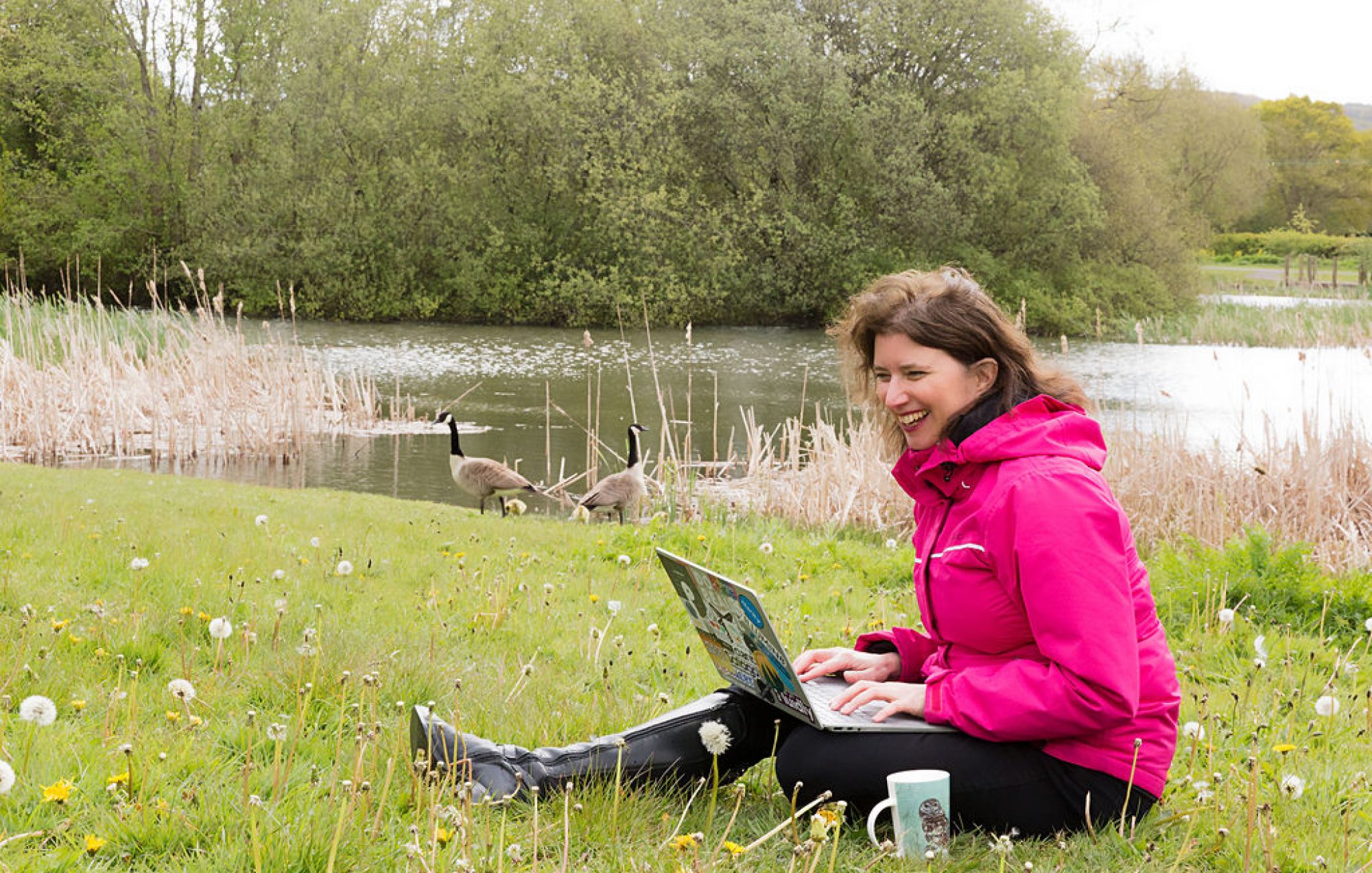We’ve all been stuck in ineffective meetings. They overrun on time, one person dominate the conversation and the wander off topic.
Whilst we can’t always control other people’s meetings (other than by being a considerate attendee) we can control our own.
Here are a few tips for chairing effective meetings:
- Circulate a clear agenda including timings
- Circulate any papers and other information beforehand. A couple of days before is best as, if you send things out too early, people set them to one side to read later and then forget
- Only invite the necessary people, you can send minutes to others
- Take contemporaneous minutes so that they can be circulated straight away rather than trying to find time to write them up afterwards.
- All actions should be assigned a clear name and due date
- Start the meeting on time. Respect the time of those who have made the effort to turn up on time rather than waiting for somebody who can’t be bothered. If you have a reputation for starting promptly most people will make more of an effort
- If you need more time to discuss and item then schedule a separate meeting
- Control the personalities; silence the overtalkers and encourage and listen to the introverts.
